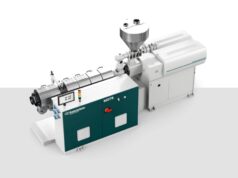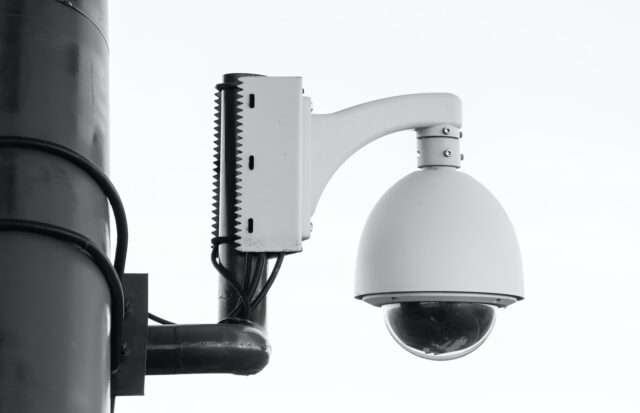
There’s nothing more important than protecting yourself and your loved ones from the threats of the outside world. Our homes are the places where we should feel the safest.
Well, setting up a reliable surveillance system is the first step towards creating a safer home environment for your family. Therefore, choosing the right security cameras is of the utmost importance.
In this short guide, we give you our favorite tips for finding the perfect surveillance camera system to keep your home secured and your family safe.
So, without any further ado, let’s get right to it!
1. Do you want to keep them hidden or not?
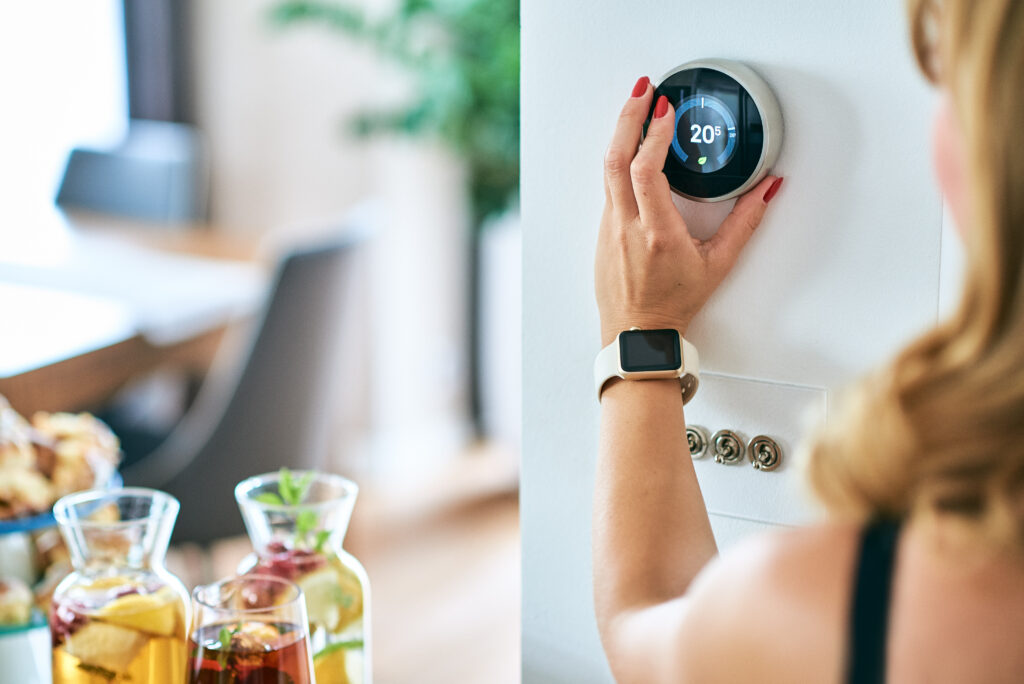
Do you want your security system to be invisible to the eyes of potential intruders, or do you want them to know they’re being monitored? Besides that, are you setting up your cameras to protect yourself from burglars, or you perhaps want to monitor your children while you’re away? Perhaps you have a nanny, and you want to ensure they’re treating your children properly, or you simply want to ensure your teens aren’t sneaking away: there’s plenty of different circumstances that require a reliable monitoring system.
So, the first thing you should determine is the purpose the cameras will serve in your home. In some cases, it’s better if your system is hidden, and in others, it’s better if it’s visible. It solely depends on your needs and preferences. So, think about it until you come up with a solution that lines up with your goals.
2. Outdoor vs indoor
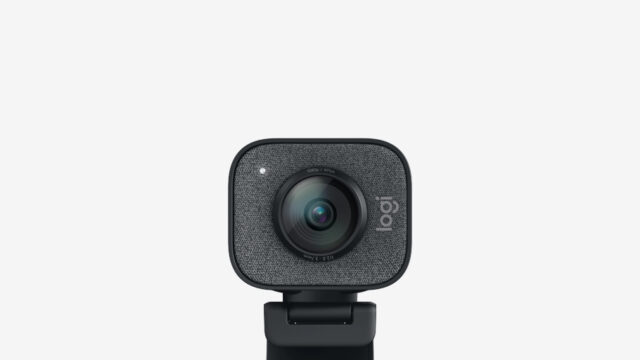
Which area of your home do you need to be monitored? Is it your front yard or the inside of your home? A combination of both is usually the best solution you can choose. While most modern cameras are made to work both indoors and outdoors, it’s still an important factor to consider, especially if you deal with extreme weather frequently. For example, if you’ll be using it in extremely cold environments, getting a camera with an in-built heater is the best way to ensure it lasts you a long time. Similarly, durable design and heat protection are essential to surveillance cameras enduring extremely hot temperatures every day.
Do some research until you find the perfect model for the specific weather conditions in your area. Also, we suggest buying your system from a local vendor if you can. They probably already offer products that fit the weather conditions you’re living in.
3. Resolution
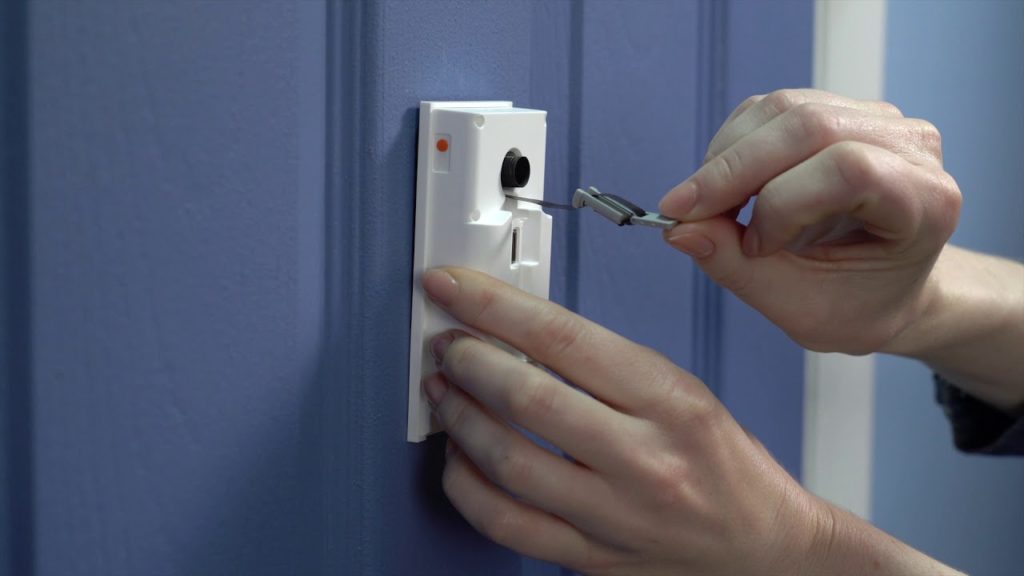
Of course, besides durability, you’ll want your cameras to provide you with a clear view of your home at all times. Now, the camera resolution you choose will mostly depend on your personal needs and goals. Contrary to popular belief, the highest possible resolution isn’t always the best option out there. A good rule of thumb is: the larger the monitored area, the higher the camera resolution should be. In this way, you won’t lose clarity when zooming in. We all know that high-resolution cameras can be quite pricey, so don’t overspend by buying one for each small room in your home. It’s simply a waste of your resources, and it won’t have too big of an effect.
Look at different models and seek some expert help if you’re not sure how to read the specs. Besides, you can google video examples to try to check the resolution levels before making your purchase.
4. Will you need audio?
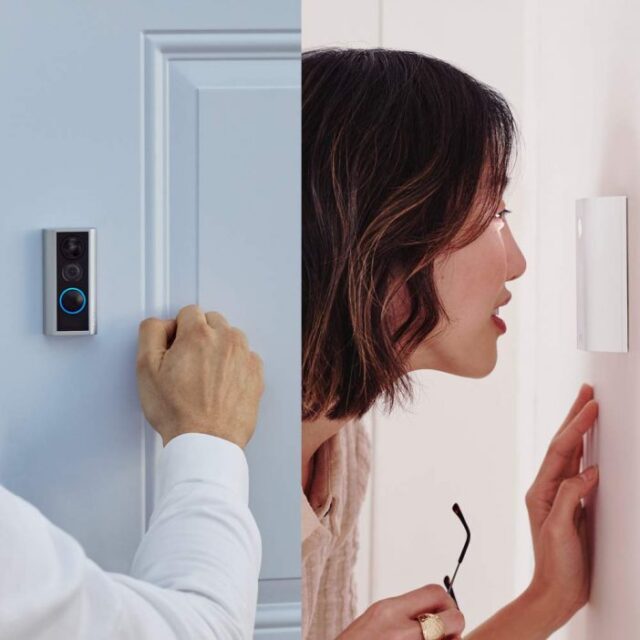
Incorporating sound-recording features into your surveillance system can be quite an expensive project. However, in some instances, is completely worth the money! You can get cameras with built-in sound features if you’d like, or you can manually add the sound handlers later on.
The audio system can be extremely discreet if you opt for the right camera/recorder. For maximum cost-efficiency and discreetness, we suggest you check out specialized “spy” cameras that blend into your home’s surroundings. You can read more about these here if you’re interested. Besides that, make sure to do your research to find an audio system that will pick up everything you need to hear, no matter how small.
5. Understand different types of cameras
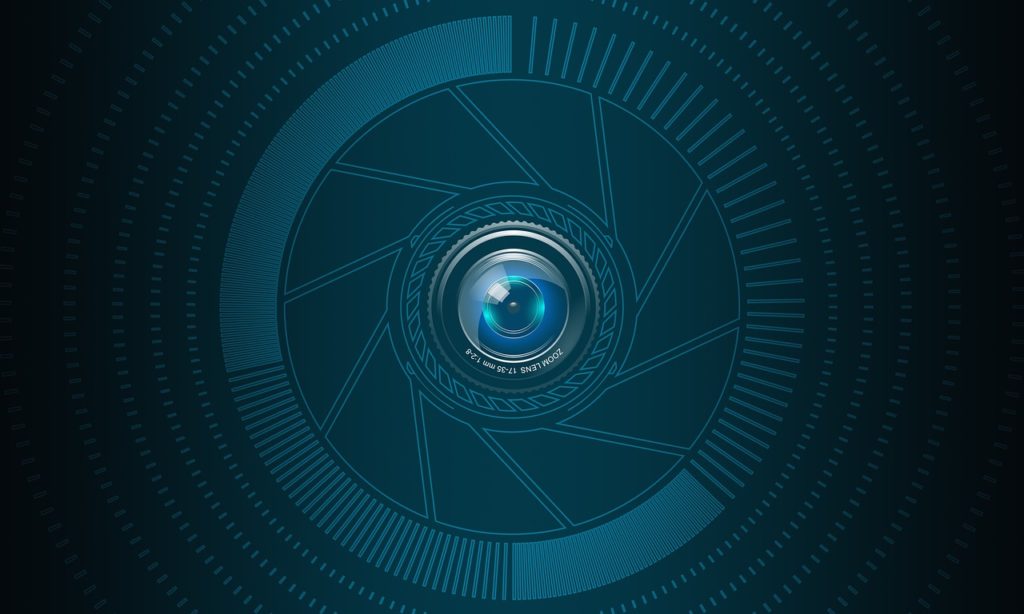
Before you head out to buy some cameras for your surveillance system, make sure you’ve learned all the crucial types and their differences.
First of all, there are infrared cameras. They’re the most common type used because they provide excellent visibility in low light. They’re able to “illuminate” their surroundings by switching from color to black-and-white view, providing you with the top-notch resolution even at night.
Secondly, we have the pant tilt zoom cameras. These are controlled remotely by a joystick, software, or through the DVR. You can preset them to change angles automatically, which gives you a complete view of your space while you’re away.
Then, there are the dome cameras. They come in different subtypes of their own, but they’re all extremely convenient as nobody can tell where the lens is actually pointing.
Lastly, we have to mention the pro box cameras. They’re usually the most expensive and rarely used by regular households. Still, the video quality you’ll get makes it worth the money, especially if you live in an area where there are frequent break-ins.
Of course, these are just the most basic types to help you properly start your search. There’s so much more to surveillance cameras that you can only find out by doing a bit of research on your own (which we urge you to do).
The bottom line
Choosing the right monitoring system for your home is extremely important. Of course, the “right” surveillance equipment solely depends on your exact goals and preferences. Whatever you do, make sure to educate yourself before going shopping. Poor quality surveillance solutions won’t be of much use to you, so avoid making any impulsive purchases until you’ve done your research. Read online reviews and comparisons of different types of products, and you’ll certainly find what you’ve been looking for!
We hope our article helped you pick your out first home security camera, and we wish you good luck in keeping your home as safe and secure as possible.



